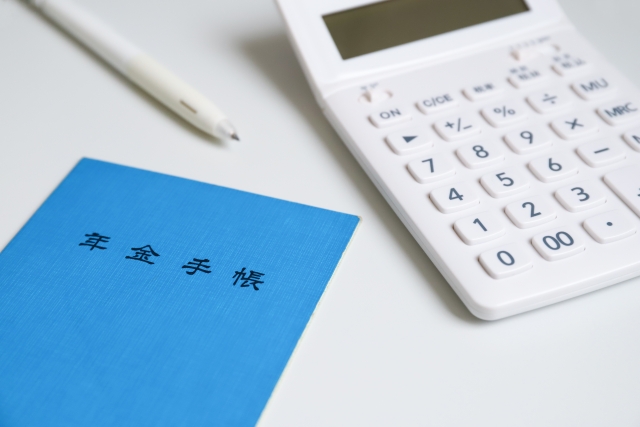
For foreign workers planning to return to their home countries after working in Japan, receiving a lump-sum withdrawal payment is a significant financial event. This payment option is available for those who have participated in Japan’s pension systems, including the National Pension and Employees’ Pension. This blog post aims to help foreign workers navigate the process and understand the differences between these two pension schemes, ensuring they make informed decisions before departing Japan.
Contents
Lump-Sum Withdrawal Payments: An Overview
Before delving into the distinctions between the National Pension and Employees’ Pension, let’s briefly cover the basics of lump-sum withdrawal payments:
A lump-sum withdrawal payment is a one-time payment available to individuals who meet specific conditions, such as leaving their job, reaching a certain age, or departing Japan permanently. It allows individuals to receive a portion or the entirety of their accumulated pension savings in a single payment, providing financial flexibility.
National Pension (Kokumin Nenkin)
The National Pension, known as “Kokumin Nenkin,” is a pension system in Japan designed for individuals not covered by other pension schemes. Here’s how the lump-sum withdrawal payment works for foreign workers:
Eligibility:
- To be eligible for a lump-sum withdrawal payment from the National Pension, foreign workers typically need to have contributed to the system for at least six months.
- You can apply for the lump-sum withdrawal payment when you leave Japan or when you reach the age of 60 (the age at which National Pension benefits usually begin).
Calculation:
- The lump-sum withdrawal payment amount is calculated based on the number of months you’ve contributed to the National Pension.
- Be aware that the amount may be subject to taxation.
Employees’ Pension (Kosei Nenkin)
The Employees’ Pension, or “Kosei Nenkin,” is for employees of private companies and some public organizations in Japan. Here’s how the lump-sum withdrawal payment works for foreign workers:
Eligibility:
- To be eligible for a lump-sum withdrawal payment from the Employees’ Pension, foreign workers generally need to have contributed to the system for at least six months.
- You can apply for the lump-sum withdrawal payment when you leave your job in Japan or when you reach the age of 60 (the age at which Employees’ Pension benefits usually begin).
Calculation:
- The lump-sum withdrawal payment amount is calculated based on your years of service and average monthly wage during your employment.
- Similar to the National Pension, the amount may be subject to taxation.
Conclusion
In summary, both the National Pension and Employees’ Pension in Japan offer lump-sum withdrawal payments to foreign workers, but the eligibility criteria and calculation methods vary slightly between the two. Understanding these differences is crucial to make informed decisions about your pension benefits when you plan to return to your home country. For personalized advice and guidance, consider consulting with a pension expert or financial advisor to navigate this process effectively and secure your financial future upon your return home.
Hirano International Labor Office handles procedures for Lump-sum Withdrawal Payments upon return to Japan.
We have heard many customers say that it is difficult for them to proceed with the procedures for lump-sum withdrawal payments on their own, so please consult with us about even the simplest matters.
Contact us for a consultation.
